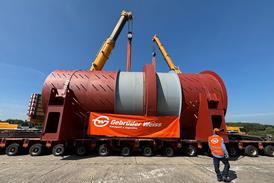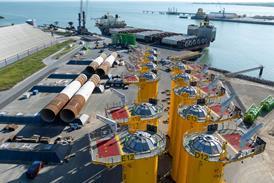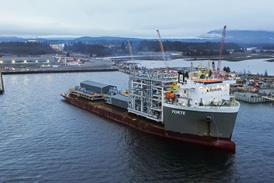Investors and wind market players have welcomed the UK government’s decision to end the de facto ban on onshore wind in the UK.

Danish wind turbine manufacturer Vestas praised the move by Westminster, saying that the UK government now has another opportunity to act decisively and accelerate the deployment of wind power can help develop an affordable and reliable energy system in the UK.
RenewableUK chief executive Dan McGrail also said: “Lifting the onshore wind ban in England was long overdue and we’re delighted that Labour has made this one of its first priorities in office.”
”Modern turbines are substantially more efficient and powerful than the turbines built in previous decades, and so doubling the UK’s onshore wind capacity by 2030 won’t mean doubling the number of turbines.”
The UK’s inability to get onshore wind energy projects off the ground is a result of two footnotes in the National Planning Policy Framework (NPPF). These have been in place since 2015 and apply only to onshore wind energy projects. These notes mean that such developments could be scuppered by even the smallest amount of local resistance.
In a new draft NPPF, the footnotes have been removed and onshore wind project will be subject to the same regulations as other types of infrastructure. Decisions for large-scale onshore wind project are also expected to be taken at a national rather than a local level, going forwads.














